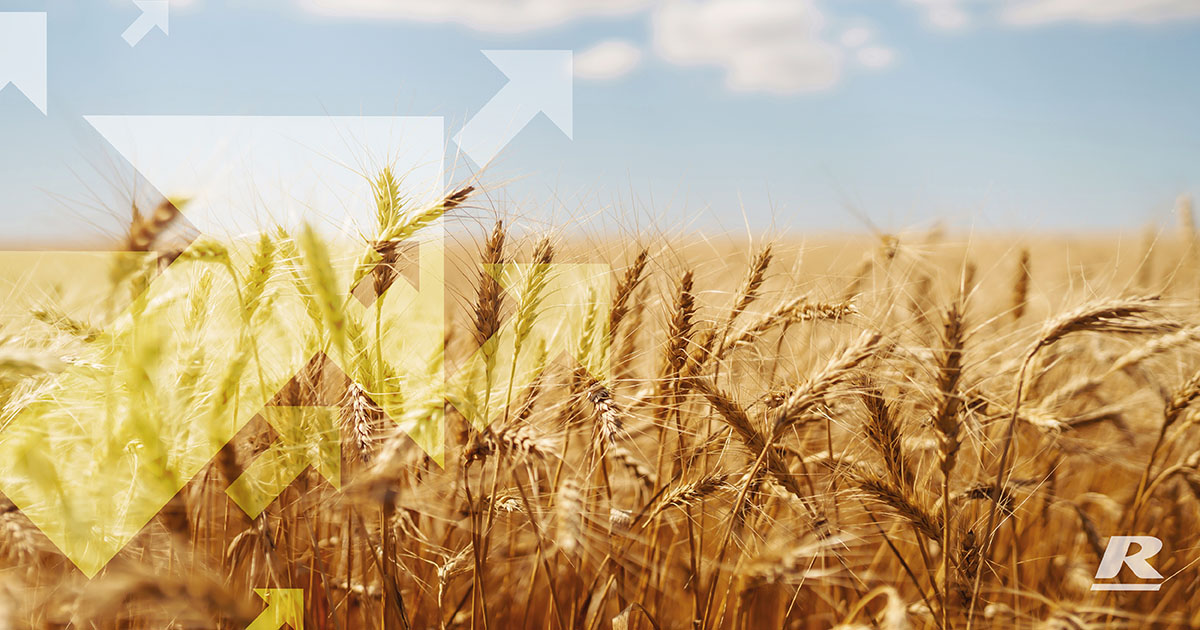In Victoria, grain markets have been on a steady rise since harvest. Yields were generally pleasing, but not without some average returns particularly in the West of the state.

With South Australia harvest returns also failing to deliver, imports from Victoria ensued to help satisfy the domestic demand.
Prices rallied albeit slowly as consumers across the states looked to sure up supply. In addition to domestic demand, exporters fulfilled their commitments to international clients. Fast forward to the end of May and we find grain markets have additional pressures that are driving growth in prices.
Essentially, the Autumn break largely in Victoria and South Australia has failed to materialise. The old adage of needing rain for sowing by Anzac Day unfortunately failed to deliver. Sowing has continued with minimal amounts of moisture in an effort to be ready for a decent rain and hopefully without any real yield penalty. Weather prediction by its very nature is simply that, a prediction. Charts have shown some promise at certain points, but any meaningful rain has failed to yet arrive at the time of writing. This has meant Southern grain growers have had to re-think their crop rotations potentially leaning towards planting a later crop such as Barley. The nervousness around the lack of rain has further fueled prices but now with two other key elements, a drop in grower selling and an increase in consumer demand. This is particularly exacerbated by dairy farming districts that normally have reliable rainfall but severely lacking as we approach the halfway point of the year. Dairy farmers have been stretched to their limits due to the lack of pasture growth in most regions. Hay and silage reserves are depleting as the wait for meaningful rain continues heading into June. Hay amongst other commodities have been in hot demand drawing from long distances to replenish supply.
Delivered Melbourne and upcountry markets have been active for Wheat and Barley, with additional demand for protein meals. But not only are trade counterparties selling into end users homes, there is a significant amount of farmer to farmer business being conducted as grain growers complete their cropping programs. Alternative food sources with a focus on fibre and starch are in strong demand. By-products such as Almond hulls, Oat hulls and dried distillers grain are just a few that are eagerly sourced for sustenance in the dairy, beef and sheep industries. Prices for such by-products have soared in recent weeks due to the strong demand. A steady flow of Cottonseed from the Riverina’s MIA region is finding its way to farms as far as the Great Ocean road, an area that should be abundant with self-sustaining feed at this time of the year. Imported by products such as palm kernal meal are providing a lifeline in filling the feed demand pipeline, not to mention the extra draw on locally produced Canola meal.
There is an added stream of buying and selling participants in current feed markets, many of which would not normally engage in such. Essentially, there are many buyers in the market who have been forced to procure feedstuffs due to exhausting their on farm supply, whether it be silage or hay compounded by the lack of pasture which is no longer an option in a drought. The fallout as an industry can be dire if meaningful rain is prolonged.
The longer we see these conditions ensue means a further reliance on supplementary feeds, however, we are hopeful of receiving well sought after rains sooner rather than later to turn the season around.
To increase your livestock farming gains & expert nutritional feeding advice please call 1300 REID FEED or enquire here >
 Author
Author
Justin Fay
Commodity Manager
 Author
Author